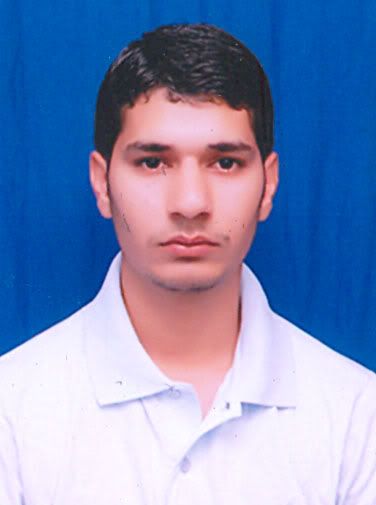MEDICINAL VALUE OF CAROM SEEDS – AN OVERVIEW
{ DOWNLOAD AS PDF }
The carom seeds botanical name Trachy spermumammi belong to the family of Apiaceae (Umbelliferae), of the genus; Trachyspermum. The Umbellifers are the members of carrot or parsley family, which includes many herbs and spices such as dill, fennel, anise seed, and caraway, is an annual herbal plant growing up to 3 feet in height. Some of the common names for the seeds are Bishop’s Weed, Ajowan, carom, Caraway and thymol seeds.etc. Carom seeds are ovoid, light brown colour seeds. They have narrow green leaves and small delicate flowers. The fruits pods of these plants are often called seeds for their seed-like appearance. The Carom plants are believed to have originated from Egypt in Middle East. They are widely grown in India, Afghanistan and Iran. These plants can be grown easily from the seeds.Well drained loam soil with a pH between 6.5 and 8.2 is ideal for their cultivation. They grow well in cold temperatures ranging from 15 °C to 25 °C. The plants can grow both in direct and partial sunlight. Relative humidity between 65% and 70 % are required for their proper growth. The umbels are harvested after they are properly matured. Harvesting is done during the later parts of winter or earlier in spring. These seeds are used as a spice in cooking. The umbels of the plant mature and produce the seeds. Ajwain is renowned for their medicinal value. Ajwain seeds are strongly pungent and aromatic in its taste.


 About Author:
About Author:  About Authors:
About Authors:  About Authors:
About Authors: 







